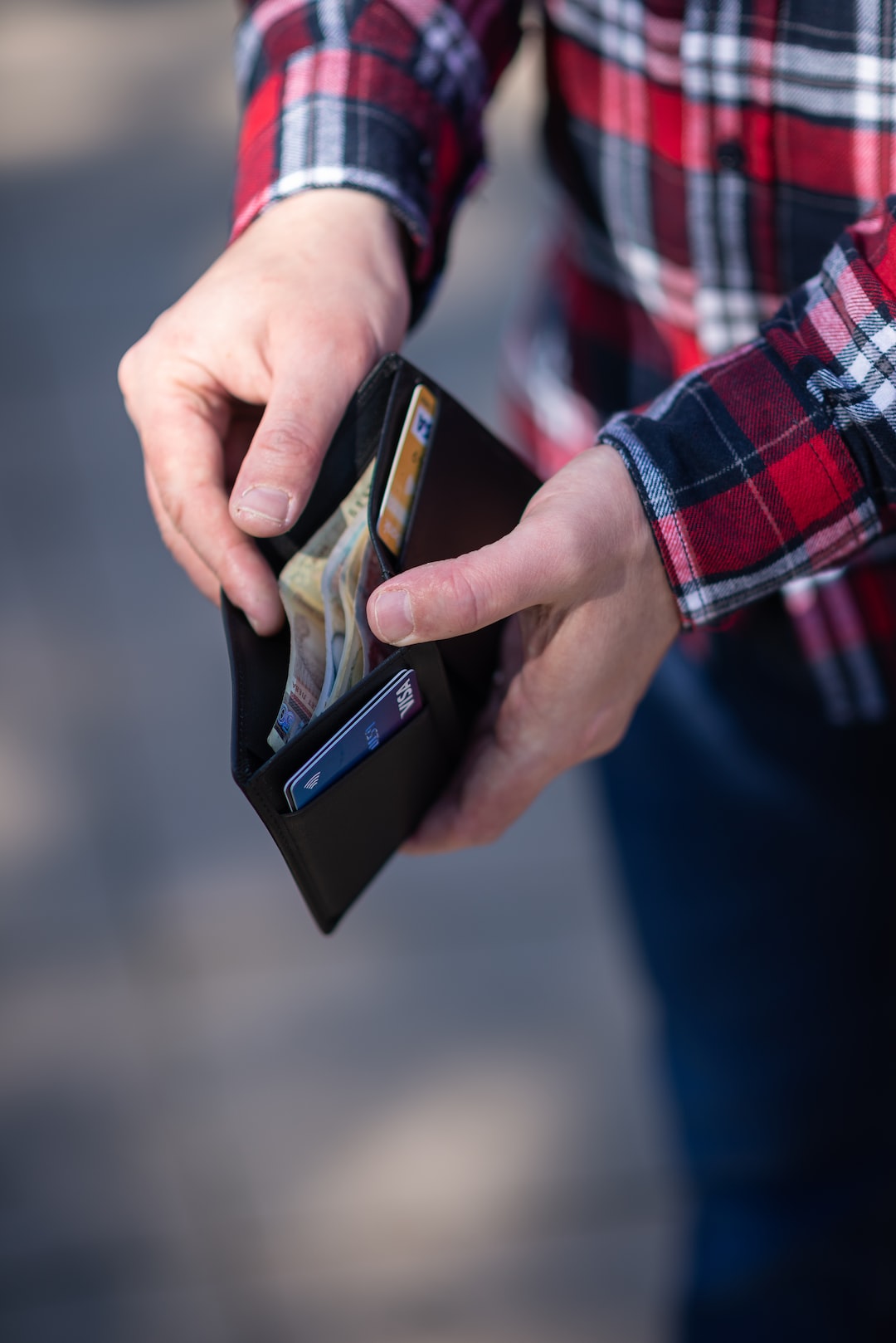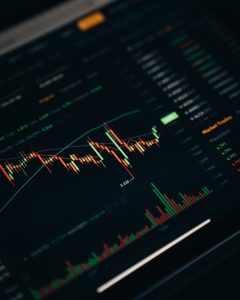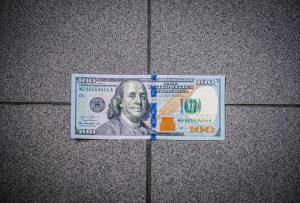Forex trading is the buying and selling of currencies in the foreign exchange market. Banks are among the largest participants in the forex market, accounting for a significant portion of daily trading volume. In this article, we will explore how banks trade forex and the strategies they use to profit from currency fluctuations.
Firstly, it is important to understand that banks trade forex not only for their clients but also for themselves. Banks have trading desks where they have traders who are responsible for executing trades on behalf of the bank. These traders are typically highly skilled and experienced in forex trading and use various strategies to make profitable trades.
One of the most common strategies that banks use to trade forex is known as the carry trade. The carry trade involves borrowing money in a currency with a low interest rate and investing it in a currency with a higher interest rate. This strategy is based on the idea that the higher interest rate currency will appreciate against the lower interest rate currency, resulting in a profit for the bank.
For example, if a bank borrows $1 million in Japanese yen at an interest rate of 0.1% and invests it in Australian dollars at an interest rate of 2%, the bank will earn a profit of 1.9% on the trade. This strategy can be risky as it relies on interest rate differentials remaining consistent and the higher interest rate currency appreciating against the lower interest rate currency.
Another strategy that banks use to trade forex is known as the market-making strategy. This involves the bank acting as a market maker and providing liquidity to the forex market. This means that the bank will offer to buy or sell currencies at a certain price, regardless of whether they have a client on the other side of the trade.
By providing liquidity to the market, banks are able to profit from the bid-ask spread. The bid-ask spread is the difference between the price at which the bank is willing to buy a currency and the price at which they are willing to sell it. By offering a slightly higher selling price and a slightly lower buying price, the bank is able to make a profit on each trade.
Banks also use technical analysis and fundamental analysis to make forex trades. Technical analysis involves using charts and technical indicators to identify trends and patterns in currency prices. Banks use this analysis to identify entry and exit points for trades.
Fundamental analysis involves analyzing economic and political factors that can impact currency prices. Banks will look at factors such as inflation, interest rates, and geopolitical events to determine which currencies are likely to appreciate or depreciate in value.
In addition to these strategies, banks also use leverage to increase their potential profits. Leverage allows banks to control a large amount of currency with a relatively small investment. For example, if a bank has a leverage ratio of 100:1, they can control $100,000 worth of currency with just $1,000 in capital.
While leverage can increase potential profits, it also increases the risk of losses. If a trade moves against the bank, the losses can be significant. Banks manage this risk by setting stop-loss orders, which automatically close out a trade if it reaches a certain level of loss.
In conclusion, banks trade forex using a variety of strategies, including the carry trade, market-making, technical analysis, fundamental analysis, and leverage. These strategies allow banks to profit from currency fluctuations in the forex market. However, forex trading is inherently risky, and banks must manage this risk to avoid significant losses.





